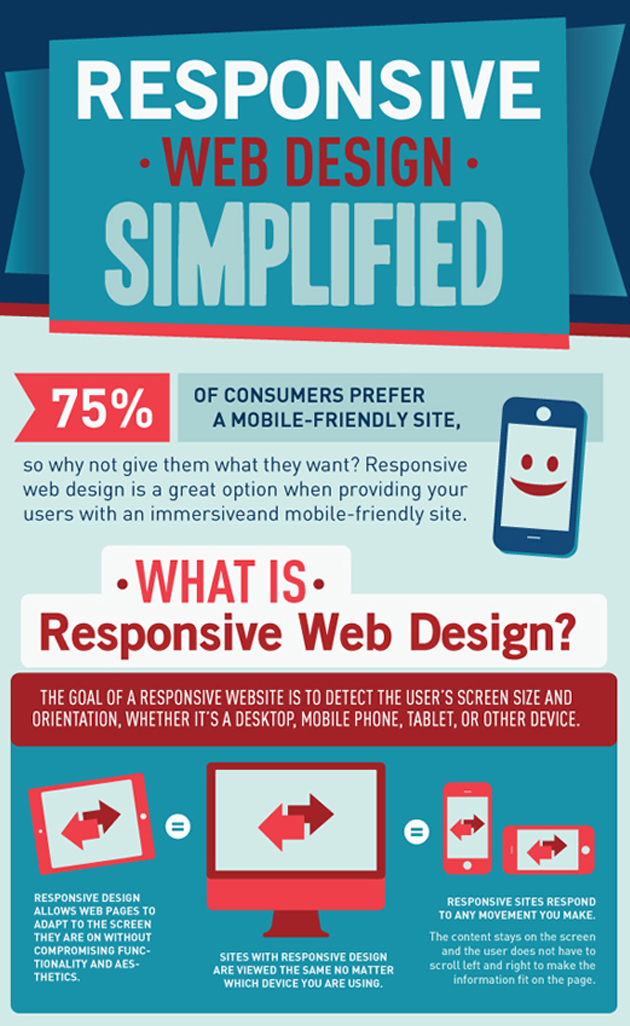Fascinated In Finding Out How Internet Site Design Has Transformed Over The Years? Discover The Trip
Fascinated In Finding Out How Internet Site Design Has Transformed Over The Years? Discover The Trip
Blog Article
Write-Up Created By-Kinney Hejlesen
In the past, websites were straightforward and focused on details. Navigating was straight, and design was for desktops. Now, customer experience is crucial. Data guides designs for easy navigation. Receptive formats match different tools. https://www.entrepreneur.com/article/375236 , dark mode decreases strain, and minimal menus enhance navigating. Interactive attributes engage individuals, and strong visuals stand apart. AI integration improves interaction. See just how design has advanced to improve your on-line trip.
Very Early Days of Web Design
In the early days of web design, simpleness reigned supreme. Sites were fundamental, with limited colors, font styles, and formats. The emphasis got on giving information rather than showy visuals. Users accessed the internet with slow dial-up links, so speed and capability were vital.
Navigation menus were straightforward, generally located at the top or side of the page. Internet sites were created for computer, as mobile surfing had not been yet widespread. Content was king, and developers prioritized easy readability over intricate layout aspects.
HTML was the main coding language utilized, and developers had to work within its restrictions. Animations and interactive attributes were minimal contrasted to today's standards. Web sites were static, with little dynamic material or personalized user experiences.
Increase of User-Focused Layout
With the evolution of internet site design, a shift towards user-focused style principles has ended up being significantly popular. Today, creating websites that prioritize individual experience is critical for involving site visitors and attaining business goals. User-focused style entails understanding the needs, choices, and behaviors of your target market to customize the internet site's layout, content, and includes accordingly.
Designers now carry out detailed research study, such as individual studies and functionality testing, to collect insights and responses directly from users. This data-driven method aids in developing user-friendly navigating, clear calls-to-action, and visually appealing user interfaces that resonate with site visitors. By positioning the user at the facility of the layout procedure, web sites can deliver an extra personalized and enjoyable experience.
Responsive style has actually additionally become a vital facet of user-focused layout, making certain that web sites are optimized for various gadgets and display sizes. This adaptability improves accessibility and use, dealing with the diverse methods customers communicate with websites today. Essentially, the increase of user-focused design signifies a change in the direction of developing electronic experiences that prioritize the requirements and assumptions of the end individual.
Modern Trends in Website Design
Check out the current fads forming website design today. One famous pattern is dark mode layout, providing a sleek and modern-day appearance while decreasing eye pressure in low-light environments. Another essential pattern is minimal navigating, streamlining food selections and enhancing user experience by concentrating on essential elements. Including micro-interactions, such as animated buttons or scrolling results, can create a much more appealing and interactive website. Receptive design continues to be vital, making certain seamless individual experiences throughout various devices. Additionally, utilizing strong typography and asymmetrical designs can include visual rate of interest and draw attention to specific web content.
Incorporating AI modern technology, like chatbots for consumer support or personalized referrals, enhances user interaction and enhances procedures. Availability has also end up being a significant trend, with developers focusing on comprehensive layout methods to cater to diverse customer needs. Accepting sustainability by maximizing site efficiency for speed and effectiveness is an additional arising pattern in website design. Working together with user responses and information analytics to repeat and improve design constantly is important for remaining relevant in the ever-evolving digital landscape. By accepting these modern-day fads, you can create an aesthetically enticing, easy to use site that resonates with your target market.
Conclusion
As you reflect on the development of internet site style from the very early days to now, you can see how user-focused design has actually become the driving pressure behind modern-day fads.
Embrace the trip of modification and adjustment in web design, always maintaining the user experience at the leading edge.
Stay current with the latest fads and technologies, and never stop developing your technique to develop aesthetically sensational and straightforward websites.
Develop, adapt, and produce - the future of website design is in your hands.
